Finally, I still laid hands on the big plane...

In the recent period, everyone's attention after dinner must have been focused on the intensifying trade war; to put it bluntly, the "5G talk" between Ren Zhengfei in 44 years and Trump in his 70 s in 46 years ".
Outside this main battlefield, probably many people have not realized that we are experiencing an unprecedented change at this moment: when social networking, shopping, computers, mobile phones, the Internet and retail are all subverted, the next step is naturally our way of travel.
As mentioned in the previous article "Apple 5G Three-board Axe: Modules, Systems and Folding", human innovation is always impossible-we let mobile phones fold and computers unfold; In the field of travel, what we need to do next is to "make cars fly and planes smaller".
The topic of automobiles was temporarily pressed down, and the topic of airplanes had to be mentioned Boeing.
The two air crashes and the handling behind the air crashes are inexhaustible; Boeing's ban on flying has left a precious opportunity for the development of traditional aircraft and future aircraft.
From the test flight of C919 in 2017 to the harvest of 200 "soft contracts" for the Sino-Russian joint long-range wide-body airliner CR929 project in 2019; From Airbus's entry into China reported by the media in May to Boeing's super order reported by Bloomberg in June; Obviously, the manufacturing power and voice of China's aviation market are going hand in hand.
However, there are also some "harsh" sounds in this process. For example, Sanya Airport has set up the slogan of "damaging the blessing" in order to prevent passengers from "spreading coins and praying for blessings.

Why does the coin become a "tool of crime" from the "darling" on the high-speed rail to the plane? The coin indicates that it is also innocent.
Considering the nature of the problem of "scattering coins", coins are not undetectable, but it is difficult to specify what passengers do with coins. Because it is more of a moral issue; Therefore, Sanya Airport chose this "most spineless" warning.
But in fact, when human behavior cannot be curbed, the most effective way is not to be thankless exhortation, but to directly change the design itself from the source of the problem.
Traditional aircraft really need to be redesigned.
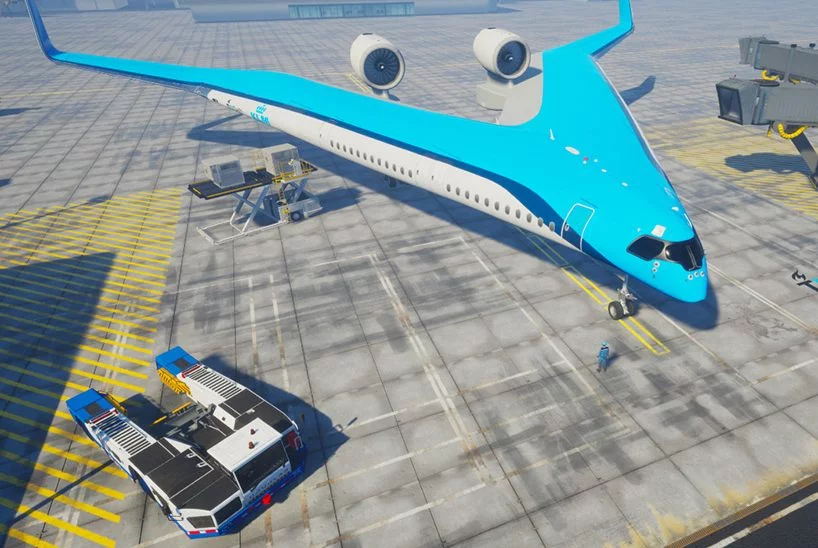
(1)
Modeling
○
flying-V
Changing the appearance of traditional aircraft and "beautifying" the aircraft is the basic operation; but it is not just courage to completely subvert its shape.
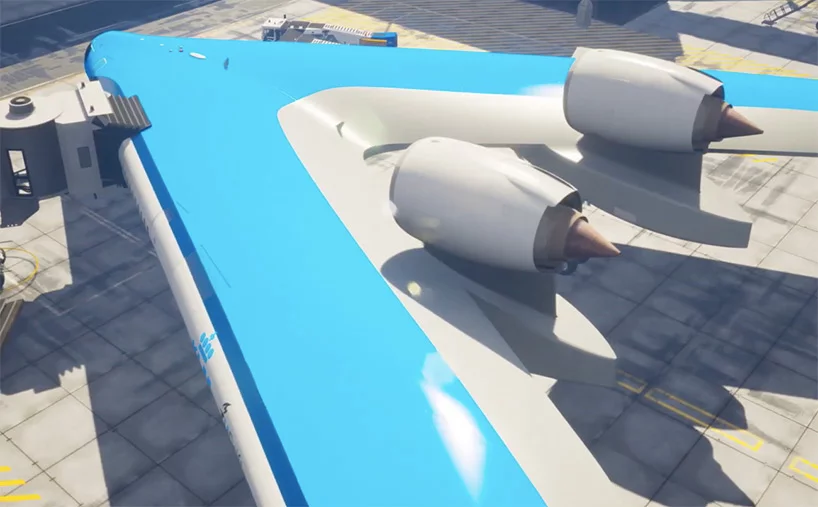
This Flying-V aircraft was originally conceptualized by Berlin University student @ justus benad in his thesis project as a potential aircraft design in the future. KLM, a Dutch airline, will further expand the research of the aerospace engineering team of TU delft University of Technology to make this energy-efficient long-distance aircraft a reality.
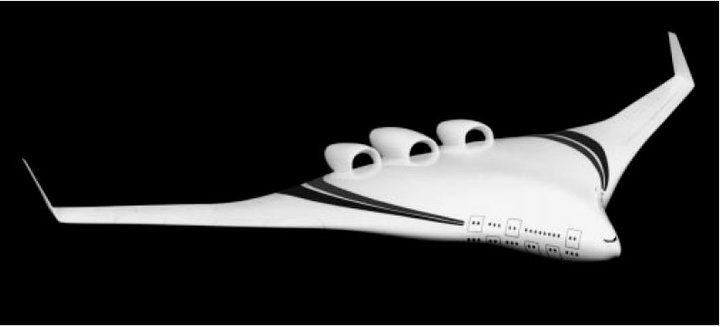
X-48
But in fact, as early as the 1920s, Nicholas Voevsky had already proposed the concept of wing body (Blended wing body, referred to as BWB); but due to multiple test failures, it was not until the 1990 s that NASA The BWB-17 achieved better results, and after that, NASA also participated in the research and development of the Boeing BWB unmanned airliner X-48.

②
Power
○
Magma
The Magma, an unmanned aerial vehicle from British defense giant BAE Systems, made its maiden flight in north-west Wales on May 2.

Without relying on traditional flaps, ailerons, elevators, and rudders, without complicated flight control surfaces, only using the internal supersonic ''eject'' gas, this aircraft can control the air flow on the wings. Take off, turn, and soar in the air; therefore, it is called the world's first flapless aircraft to be "sprayed" into the sky.
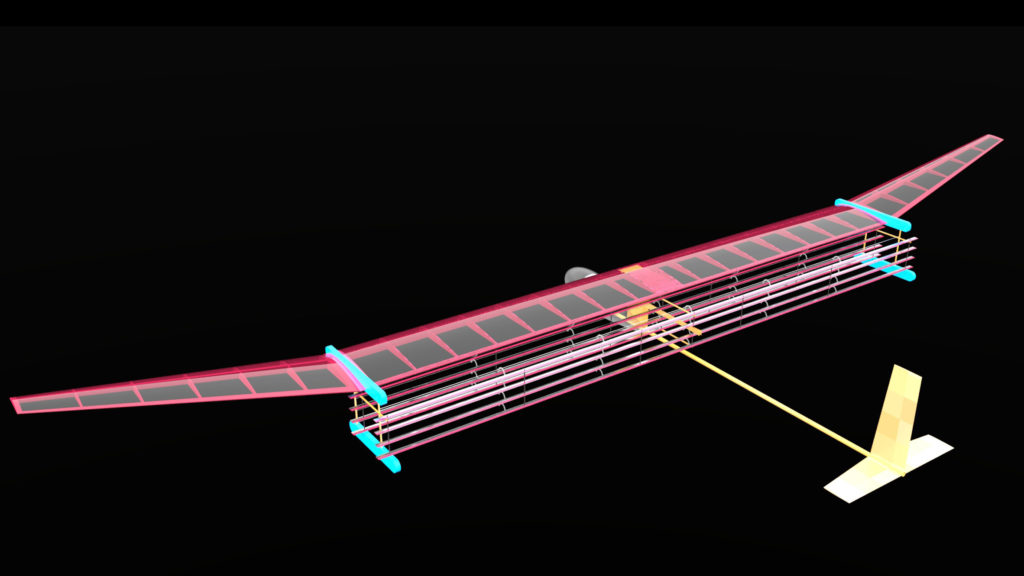
An ion-powered aircraft built by engineers at Massachusetts Institute of Technology that can fly without flywheels or turbines and without fossil fuels: When an electric current passes between a thick electrode and a thin electrode, an electrodynamic thrust is generated in the air between them Generate wind.
Although the ion-powered aircraft under test has a wingspan of only 5 meters, it has brought new driving methods to future aircraft.
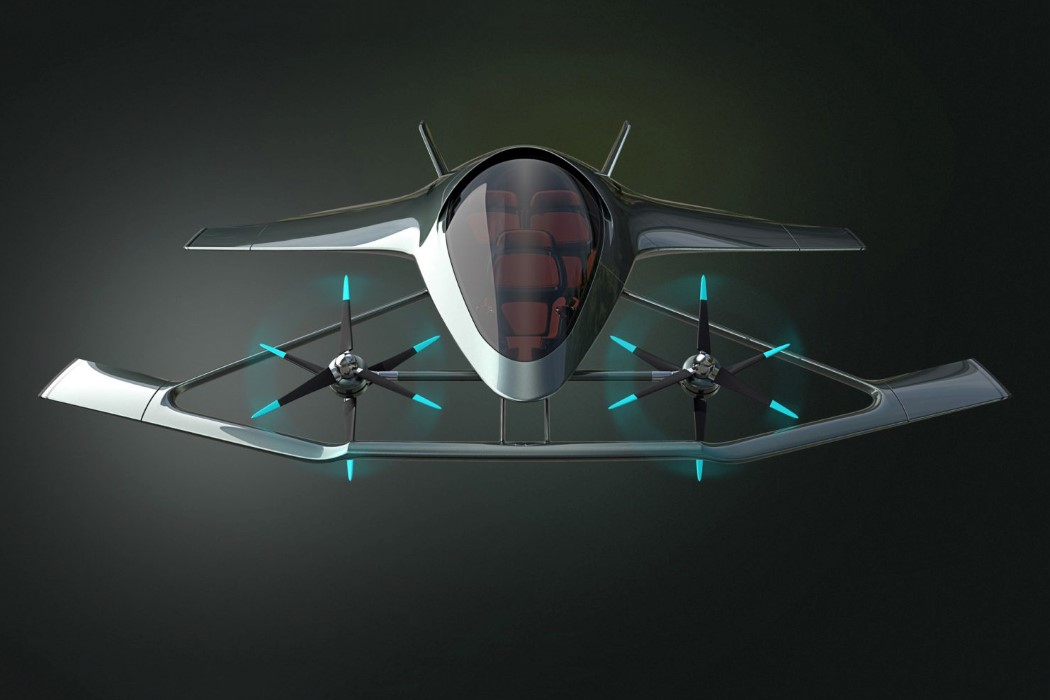
(3)
VTOL
○
Volante Vision
Aston Martin exhibited the Volante Vision aircraft at the 2018 Farnborough International Air Show.

The Volante Vision concept of the VTOL (vertical take-off and landing) takes up space in four cars, equipped with three propellers; adopts a hybrid electric power system and autonomous driving functions.
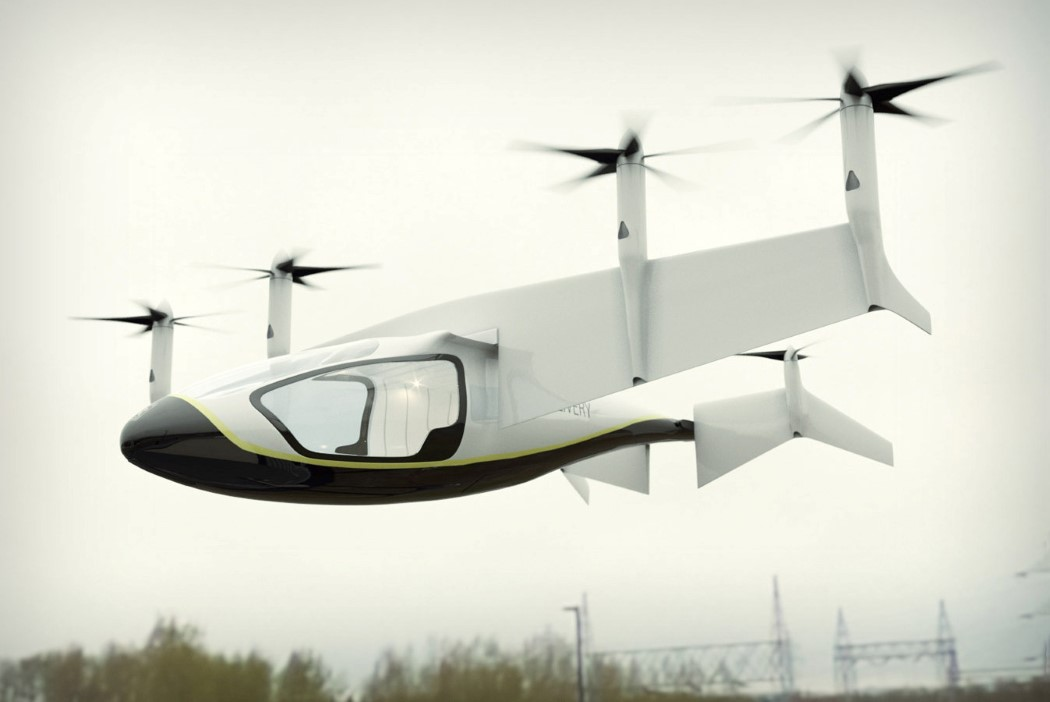
EVTOL
Unlike Aston Martin's VTOL, Rolls-Royce exhibited its first EVTOL (electric vertical take-off and landing) aircraft at the Farnborough International Air Show. EVTOL currently uses the M250 internal combustion engine and is seeking to turn it into a hybrid power system.

④
Energy
○
HSP Magnavem
The latest flight concept from OscarVi, HSP Magnavem is essentially a triangular wing, born out of Lockheed Martin's concept.
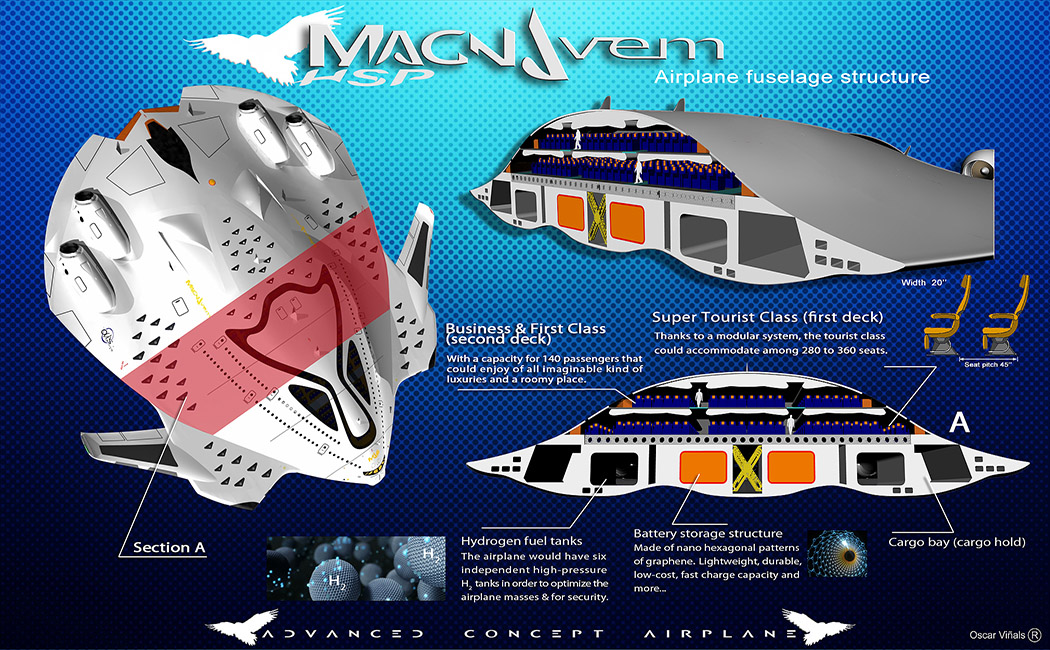
It is equipped with a compact fusion reactor (CFR-Portable), which can power hybrid engines and electric aircraft systems through a CO2 cleaning system; due to its technology and aerodynamics, it can take off and land only 800 meters.

SolarStratos
This solar-powered aircraft flying at an altitude of 25000 meters was designed by Raphaël Domjan and has a very large wingspan; it not only enables the aircraft to fly under conditions of limited propulsion, but also solar panels to generate electricity.
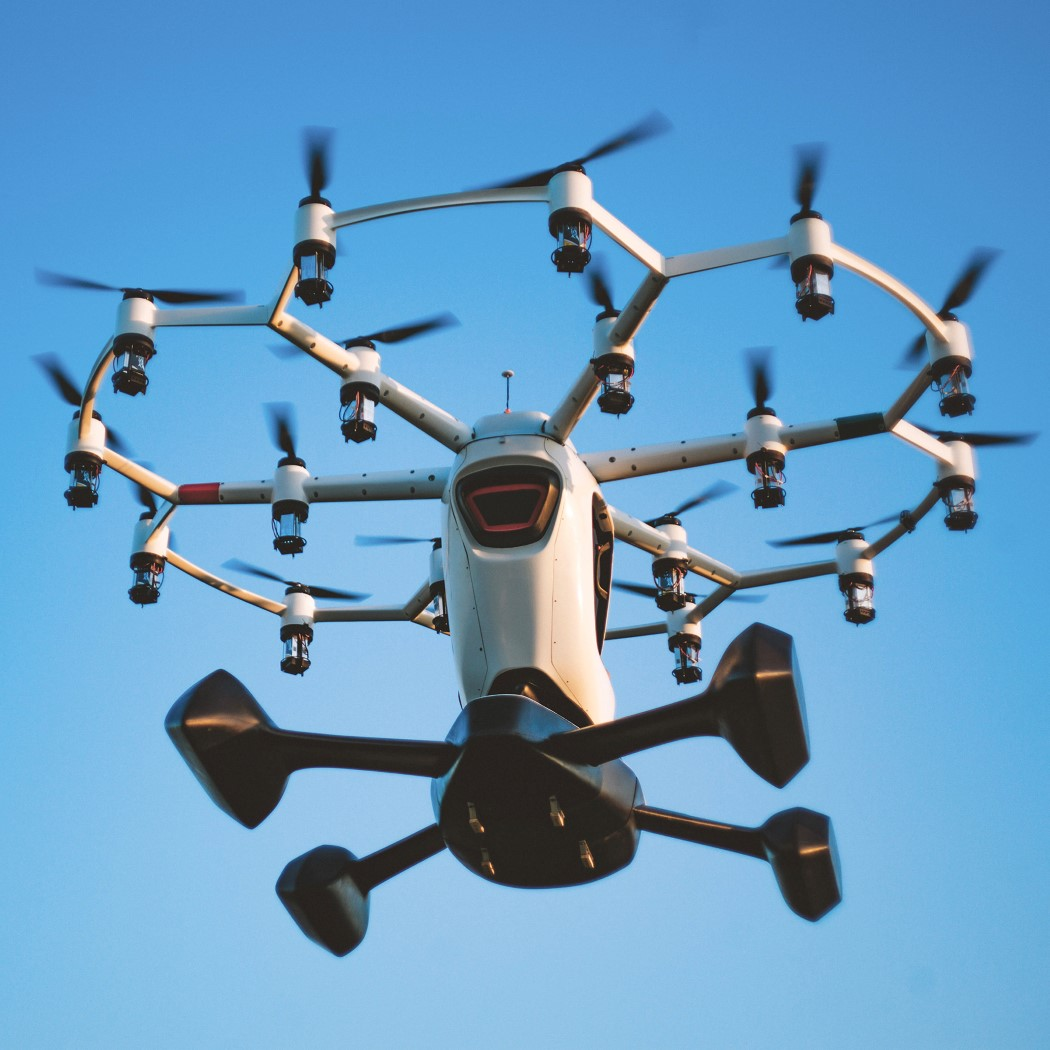
⑤
Alien
○
Hexa
When drones are powerful enough to lift humans, they may also encounter the philosophical problem of "who am I.
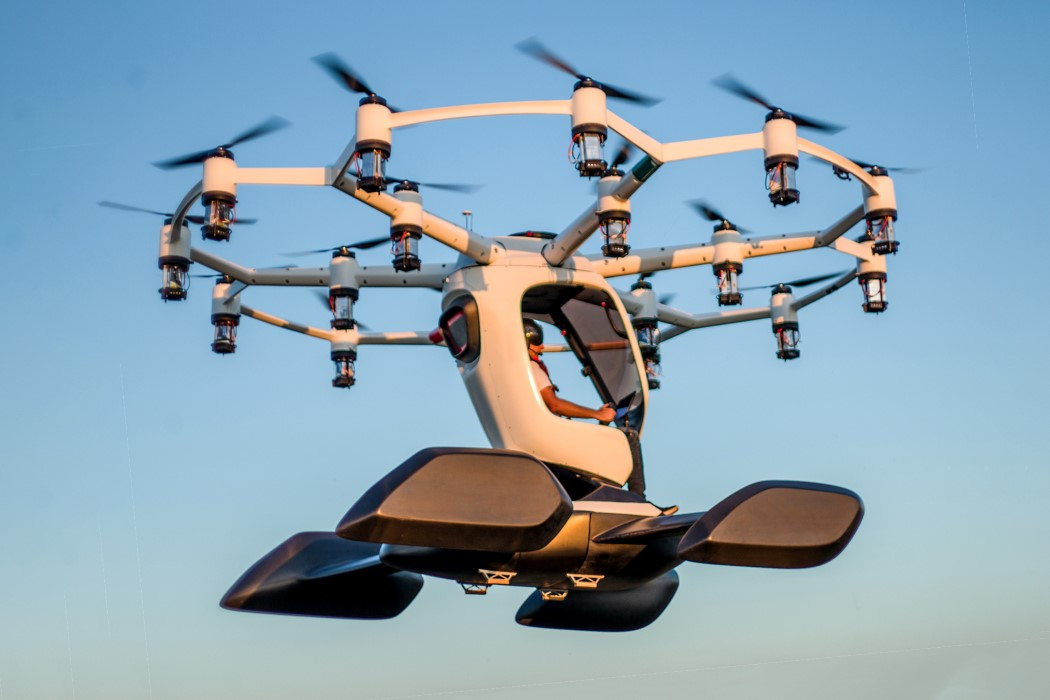
The Hexa passenger drone designed by Maform Design is no longer a transportation device, but an experience device; it is designed to provide users with the experience of driving vertical take-off and landing.
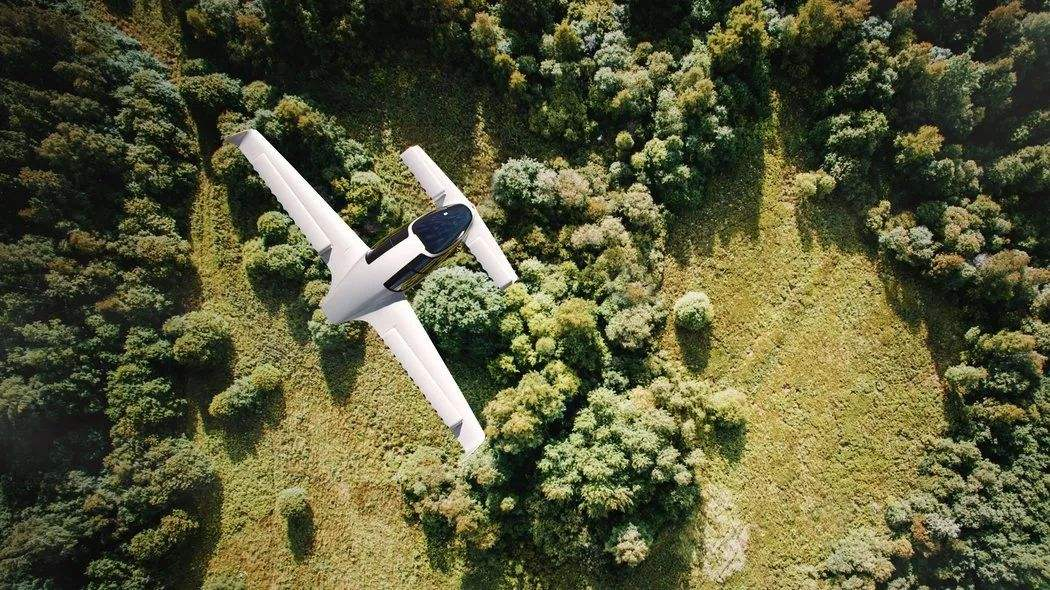
Lilium
Finally, there is another category-flight rental. To some extent, they are also a way to open future planes. Please let us talk about it later.

But no matter what form the future aircraft will develop, it will almost go to two extremes:
One that continues to maintain a large volume may innovate in shape and energy, but will basically not deviate from the traditional aircraft model;
The other is getting smaller and smaller, and it is possible to achieve considerable development in styling, power, VTOL, energy and alien face-to-face, and stimulate more potential in a smaller volume.
In fact, it is not difficult to understand that the traditional aircraft itself is a big ecology, and the current organizational structure is a business model with proven benefits. Moreover, due to problems such as safety and fuel consumption and power, there will be basically no major changes unless a new airline breaks the monopoly of giants.
As for small planes and private planes, their core requirements are not high, and there are no absolute technical barriers. Some small start-up companies and even individuals can enter the stadium.
Because it has relatively low requirements and few restrictions on lift, it can be achieved in a variety of ways and means; but here, due to funding and site constraints, VTOL aircraft is more likely to become mainstream.
PS: The picture material comes from @ dezee @ designboom @ yankodesign
The copyright of this work belongs to 何鲸洛. No use is allowed without explicit permission from owner.

New user?Create an account
Log In Reset your password.
Account existed?Log In
Read and agree to the User Agreement Terms of Use.

Please enter your email to reset your password
The vertical lift fan has basically become a dead weight after liftoff. This is the biggest drawback of your plane and the idea has already existed. In short, it did a good job.
Be startled by the V-plane
666
This is not bad for his men.
The biggest advantage of this VTOL (vertical take-off and landing) aircraft is that it has little requirement on the landing place and can stop on the roof. Moreover, if it can be folded, the occupied space will be further reduced. You can even set the unmanned mode to let it fly home by itself...